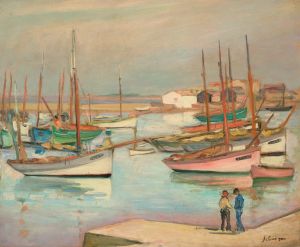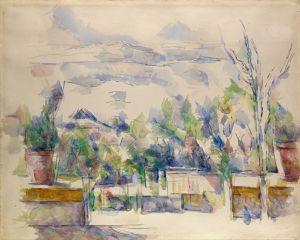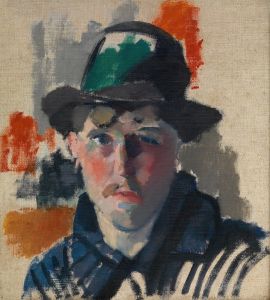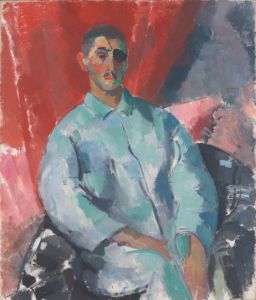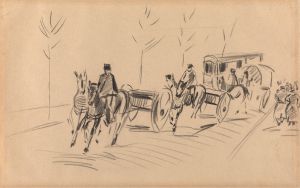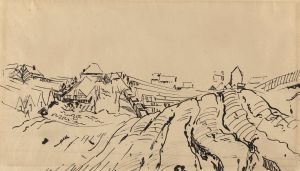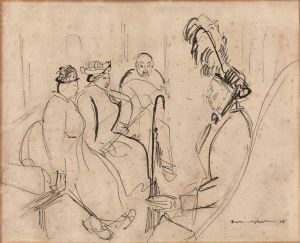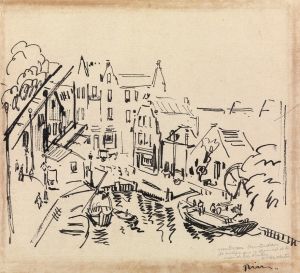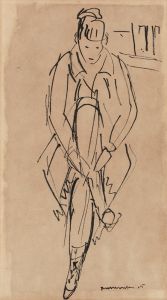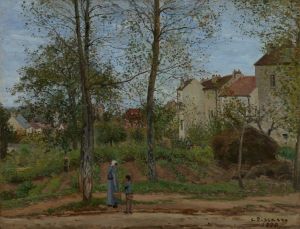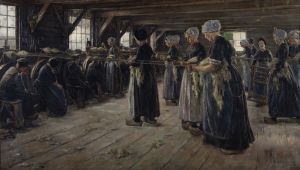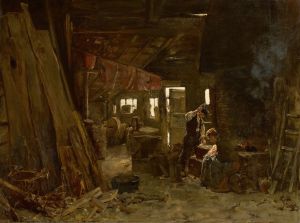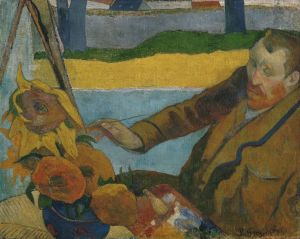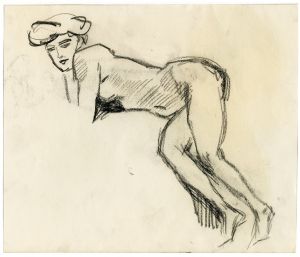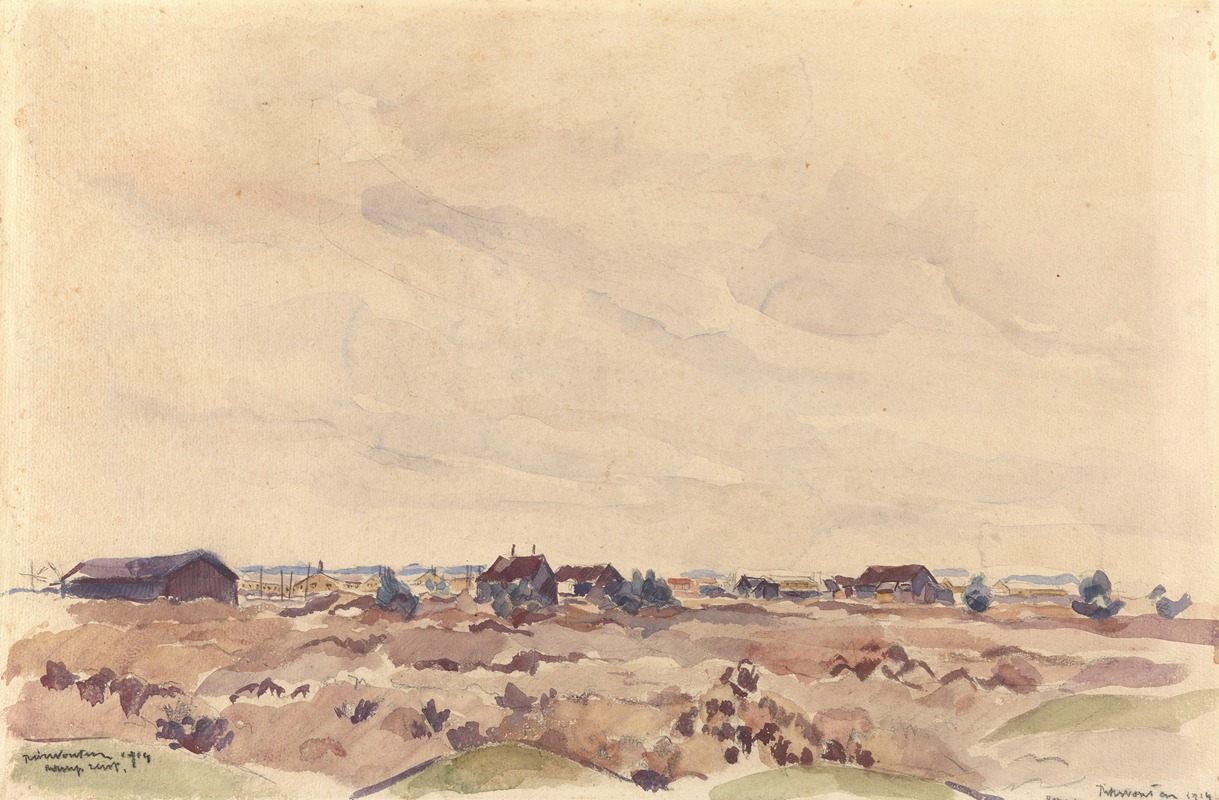
The Camp at Zeist
A hand-painted replica of Rik Wouters’s masterpiece The Camp at Zeist, meticulously crafted by professional artists to capture the true essence of the original. Each piece is created with museum-quality canvas and rare mineral pigments, carefully painted by experienced artists with delicate brushstrokes and rich, layered colors to perfectly recreate the texture of the original artwork. Unlike machine-printed reproductions, this hand-painted version brings the painting to life, infused with the artist’s emotions and skill in every stroke. Whether for personal collection or home decoration, it instantly elevates the artistic atmosphere of any space.
Rik Wouters, a prominent Belgian painter and sculptor associated with Fauvism and Expressionism, created "The Camp at Zeist" during a significant period of his life. This artwork was painted in 1915 while Wouters was interned at a detention camp in Zeist, the Netherlands, during World War I. The painting reflects both the artist's personal experiences and the broader historical context of the time.
Rik Wouters was conscripted into the Belgian army at the outbreak of World War I. However, he was captured by German forces and subsequently interned in the neutral Netherlands. During his time at the Zeist camp, Wouters continued to create art, using his surroundings and the conditions of the camp as inspiration. "The Camp at Zeist" is one of the works that emerged from this challenging period.
The painting depicts the interior of the detention camp, capturing the daily life and atmosphere experienced by the internees. Wouters employed his characteristic vibrant color palette and expressive brushwork to convey the emotional weight of the scene. Despite the constraints of his environment, Wouters managed to infuse the work with a sense of humanity and resilience, reflecting his ability to find beauty and meaning even in difficult circumstances.
"The Camp at Zeist" is notable for its historical significance, as it provides a rare artistic perspective on the experiences of interned soldiers during World War I. It also highlights Wouters' dedication to his craft, as he continued to create art despite the physical and emotional challenges he faced during his internment.
Rik Wouters' career was tragically cut short when he died of cancer in 1916 at the age of 33. However, his body of work, including "The Camp at Zeist," remains an important contribution to early 20th-century art. Today, his works are celebrated for their emotional depth, innovative use of color, and ability to capture the essence of his subjects.
"The Camp at Zeist" is housed in the Royal Museum of Fine Arts in Antwerp, Belgium, where it is part of a collection that honors Wouters' artistic legacy. The painting serves as both a historical document and a testament to the enduring power of art in the face of adversity.





